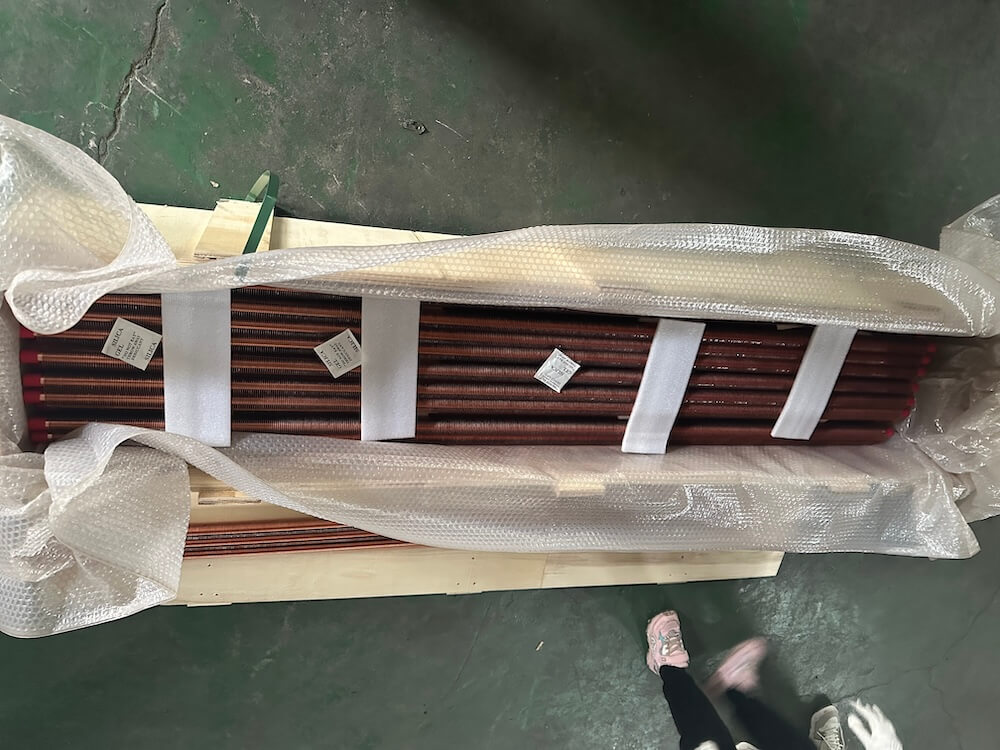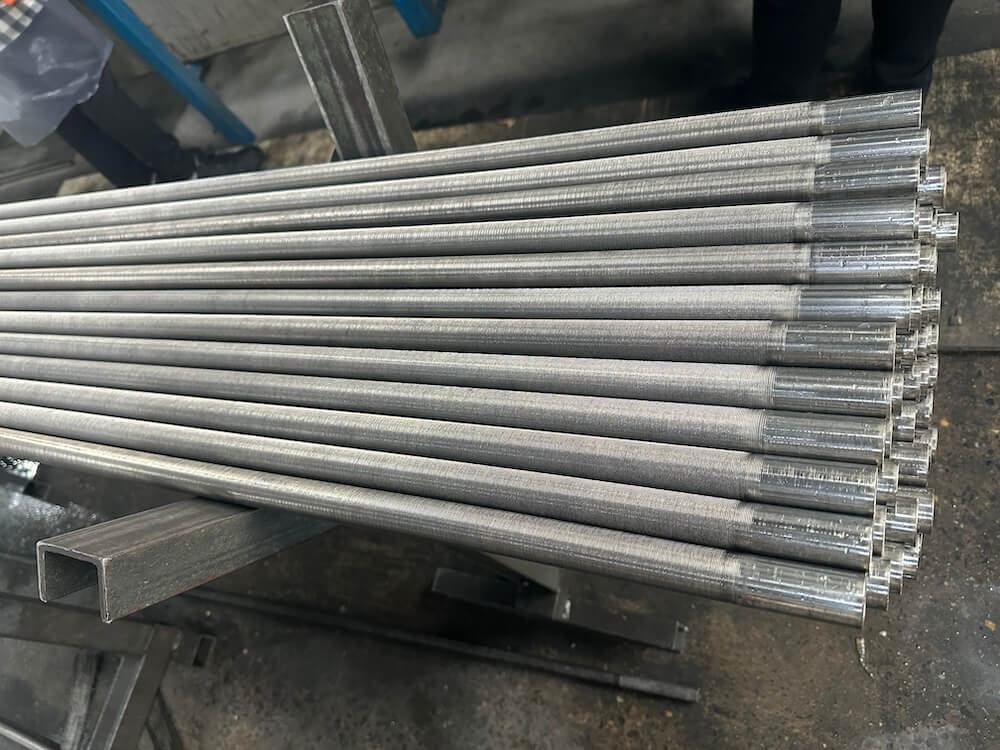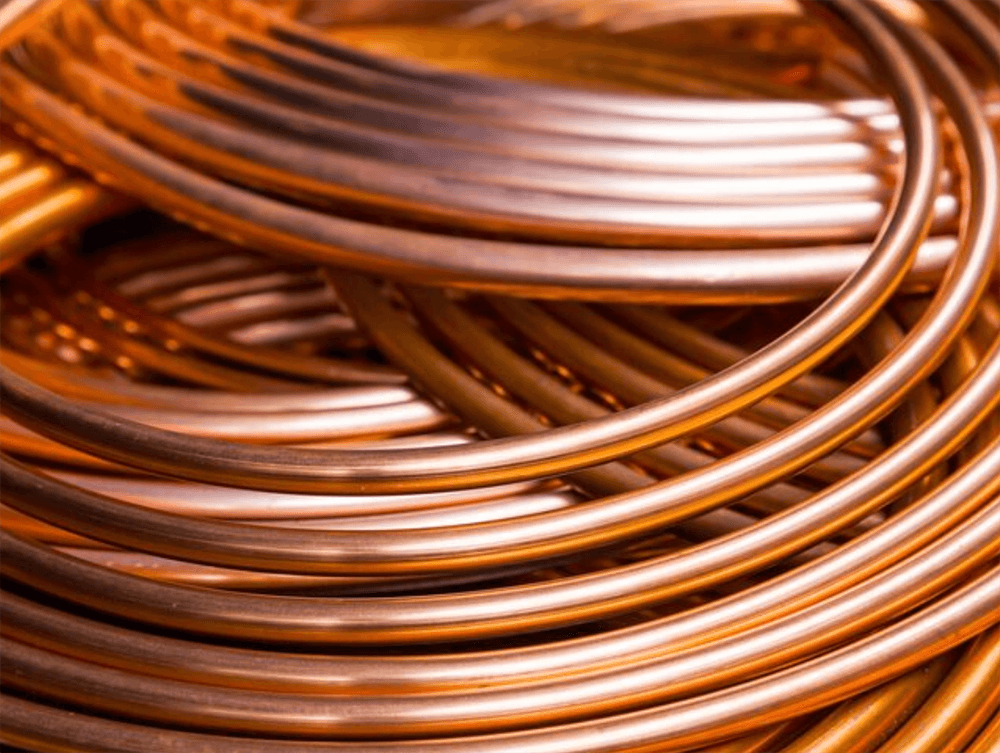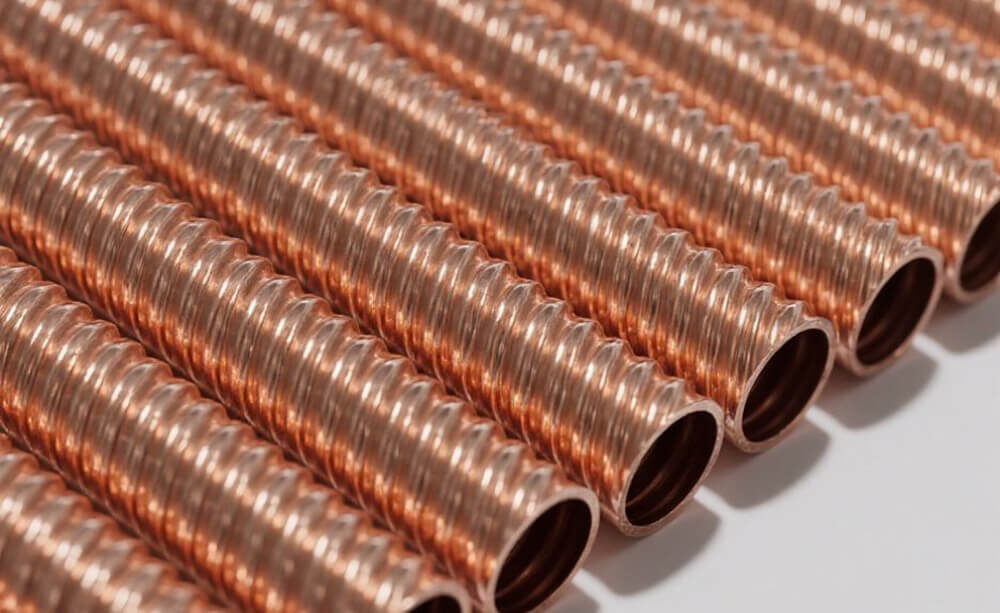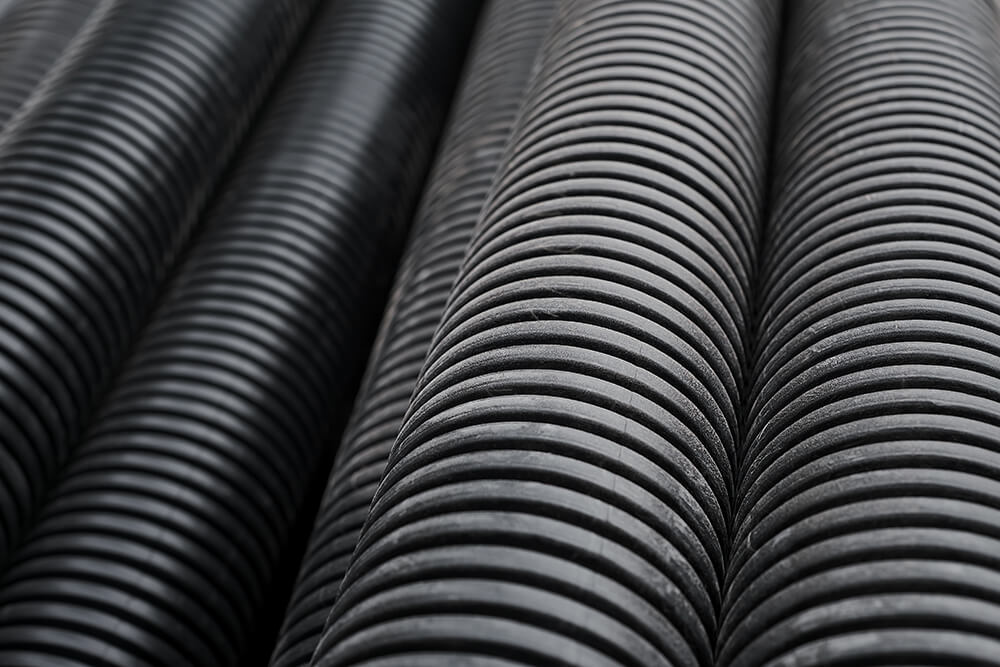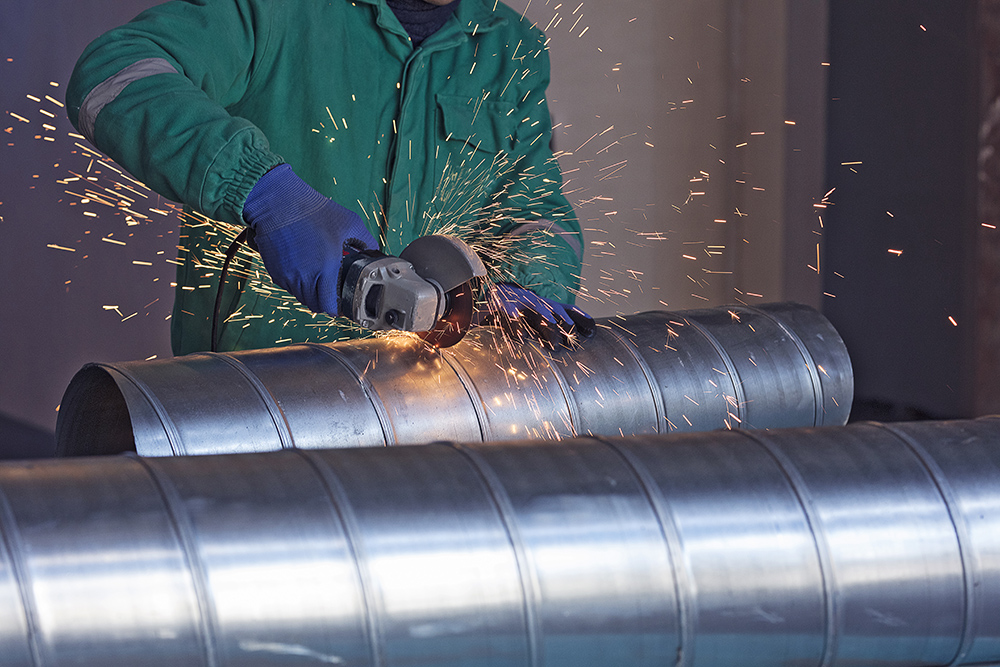When designing or upgrading a heat exchange system, one of the most critical decisions you’ll face is choosing between stainless steel fin tubes and copper fin tubes. Both materials offer distinct advantages and challenges, but which is the right choice for your specific needs? Let’s dive into a detailed comparison to help you make an informed decision.
The Role of Fin Tubes in Heat Exchange Systems
Fin tubes are the unsung heroes of heat exchange systems. They enhance heat transfer by increasing the surface area available for thermal exchange. This makes them a cornerstone of industries like HVAC, power generation, and industrial processes. However, the material you choose for your fin tubes significantly impacts your system’s efficiency, durability, and cost.
Key Features of Stainless Steel Fin Tubes
Stainless steel fin tubes are celebrated for their durability and corrosion resistance. Here are their standout qualities:
- Exceptional Durability: Stainless steel can withstand high temperatures and pressure, making it ideal for harsh environments such as chemical plants or marine applications.
- Corrosion Resistance: With superior resistance to rust and chemical degradation, stainless steel is a reliable choice for applications involving corrosive substances or humid conditions.
- Cost Efficiency Over Time: Although stainless steel is more affordable upfront than copper, its longevity often results in lower total lifecycle costs.
Advantages of Copper Fin Tubes
Copper fin tubes have long been a favorite in heat exchange systems. Here’s why:
- Superior Thermal Conductivity: Copper is a thermal conductor superstar. Its conductivity is nearly 20 times greater than stainless steel, making it highly efficient in transferring heat.
- Anti-Microbial Properties: Copper’s natural ability to inhibit microbial growth makes it a preferred choice in HVAC systems and applications where hygiene is critical.
- Flexibility and Ease of Fabrication: Copper is more malleable, making it easier to manufacture into custom shapes and designs.
However, copper comes at a higher price point than stainless steel, both in material costs and susceptibility to theft in some environments.
Performance Comparison: What Really Matters?
Choosing between these materials depends on your specific application. Let’s break it down:
- Thermal Efficiency:
If maximum heat transfer is a priority, copper fin tubes are your best bet. Their high conductivity ensures faster and more effective thermal exchange, especially in systems requiring rapid heating or cooling. - Durability in Extreme Conditions:
Stainless steel fin tubes shine in environments where durability is non-negotiable. Whether facing high-pressure operations or exposure to corrosive elements, stainless steel outperforms copper in longevity. - Cost Considerations:
Copper fin tubes are significantly more expensive than stainless steel. While copper’s thermal efficiency can reduce energy costs, stainless steel’s lower initial investment and extended lifespan often make it the more economical choice over time. - Maintenance Needs:
Stainless steel requires less maintenance due to its resistance to corrosion and wear. Copper may demand more frequent upkeep, especially in environments where oxidation or corrosion is an issue.
When to Choose Stainless Steel Fin Tubes
Stainless steel fin tubes are ideal if:
- Your system operates in a high-pressure or corrosive environment.
- You need a cost-effective option with long-term durability.
- Maintenance budgets and downtime are limited.
When to Opt for Copper Fin Tubes
Copper fin tubes excel in scenarios like:
- Applications requiring the highest thermal efficiency, such as refrigeration or advanced HVAC systems.
- Environments where antimicrobial properties are essential.
- Situations where initial investment isn’t a concern, and energy efficiency is paramount.
Expert Insight: Balancing Performance and Budget
The right choice between stainless steel and copper fin tubes often boils down to balancing upfront costs with long-term performance. While copper offers unparalleled thermal efficiency, stainless steel provides unmatched durability and cost-effectiveness for high-stress applications. Carefully consider your system’s operational demands and lifecycle costs before making your decision.
Final Thoughts
Both stainless steel and copper fin tubes bring unique advantages to the table. By evaluating factors like thermal efficiency, durability, cost, and maintenance requirements, you can align your choice with your system’s specific needs. For those seeking a balance between performance and budget, stainless steel is a dependable option. However, if efficiency is the ultimate priority and cost is no object, copper might be worth the investment.
The choice is yours—choose wisely to ensure a heat exchange system that meets your demands today and tomorrow.

